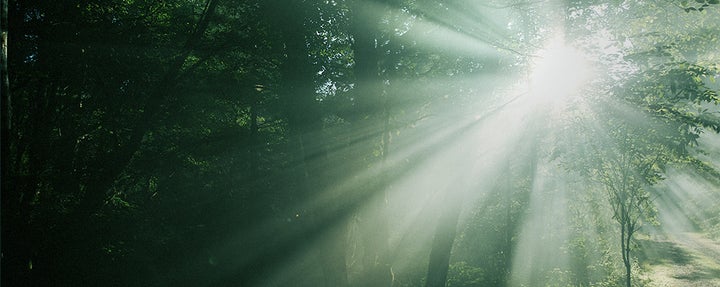
In the United States, household consumption accounts for nearly 70 percent of all economic activity. We are quite simply a consumer-driven economy. We also happen to be the largest consumers of forest products in the world. What if this consumption could help create a positive environmental impact? That’s the question underlying the mission of the Forest Stewardship Council, as my colleague addressed in an earlier post.
So what should we do about it?
For too long, sustainability has lived too much in the realm of environmental non-profits, and corporate social responsibility and procurement departments, skirting around the fundamental drivers of economic activity: consumers. But as the UN Sustainable Development goals note, if we don’t move toward sustainable consumption we will need three planets to meet the needs of our growing population.
Of course, trying to move the needle on consumer behavior historically required a large advertising budget, and to many companies, sustainability lived a bit outside the comfort zone (There are exceptions of course, such as Patagonia, Ben & Jerry’s and Seventh Generation).
Today, with modern social media platforms, we know it’s possible to move opinion in ways that even five years ago would have seemed unimaginable. And with Millennials increasingly shaping the way companies engage with consumers, sustainability is much more central to the conversation for many companies.
So what’s missing? Why aren’t we seeing a daily rotation of marketing efforts pushing environmentally preferable products and services?
To start with, we need a good story well told. Too often, sustainability is the realm of the earnest and the literal, stories aimed at the head with little for the heart. We know what it takes to influence consumers and it starts with an emotional connection.
With this context in mind, the Forest Stewardship Council has launched a new consumer engagement effort, in partnership with some of the biggest consumer brands: HP Inc., International Paper, Kimberly-Clark, McDonald’s, Procter & Gamble, and Williams-Sonoma, Inc. Along with World Wildlife Fund, our goal is simple: Tell a compelling story that connects with people, to increase demand for products bearing the FSC label.
While the campaign will include multiple phases, the center of our first is an anthem video that tells our story.
In a time of political division, when our leaders have trouble coming together to solve our biggest challenges, we think it is important that six publicly traded companies - some of which are direct competitors - have come together to do what’s right for our forests. It’s a strong positive example of what’s possible. One we hope will become a model for efforts yet to come.
See the video and learn more at http://onesimpleaction.fsc.org/.
This post is part of a series produced by The Huffington Post to mark the occasion of the one-year anniversary of the adoption of the Sustainable Development Goals (SDGs, or, officially, "Transforming Our World: the 2030 Agenda for Sustainable Development"). The SDGs represent an historic agreement -- a wide-ranging roadmap to sustainability covering 17 goals and 169 targets -- but stakeholders must also be held accountable for their commitments. To see all the posts in the series, visit here.
